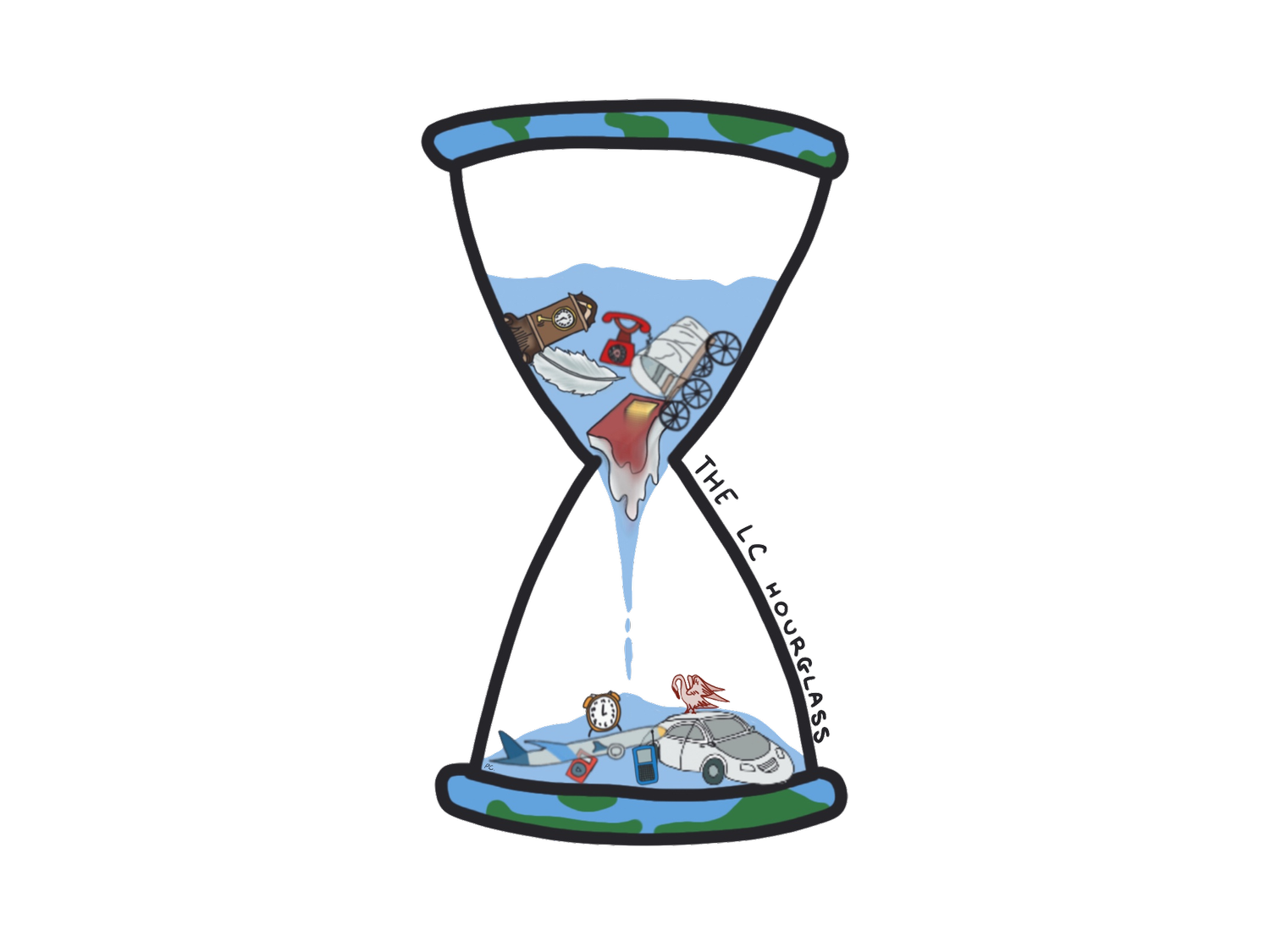King Leopold II’s legacy in the Congo Free State: Exploitation, forced labor and famine
By Claire Kietduriyakul, 2026
British journalist Edward Morel once stated that “it is [the Africans] who carry the ‘Black man’s burden’,” by so, offering a newfound perspective on the effects of colonialism on those in what came to be known as the Congo Free State. In Morel's poignant words lies a profound truth that resonates deeply with the harrowing experiences of the Congolese people under King Leopold II of Belgium's rule. Under his reign, the Congo Free State descended into a nightmarish abyss of exploitation, forced labor, and unfathomable brutality that led to famine in the once-peaceful land. It seems that it wasn’t the Belgians bearing the burden of having to colonize the Congolese, but rather the Congolese’s burden of having to fight for their rightful land back.
King Leopold first laid claim to the African territory in February 1885, establishing the Congo Free State as his personal domain through forceful means. Unlike typical colonial control exercised by European powers across Africa, he treated the Congo as his private possession, leveraging it as a representation of his authority and influence. Financed by loans from the Belgian government, Leopold embarked on funding development initiatives in the region, ostensibly with the aim of "civilizing" the Congolese populace. Throughout this period, the Congolese were treated as subhuman and uncivilized and were seen as a state in need of European powers to save them, emphasizing Leopold’s views of fulfilling the white savior narrative. However, Morel observes that “the African of the tropics [was] capable of tremendous physical labors, but he [could not] accommodate himself to the European system of monotonous, uninterrupted labor.” This discrepancy such as laboring for valuable resources like rubber and ivory, led to widespread suffering, exacerbated by diseases and the taxing climate of the region. Eventually, this led to the death of approximately half of the Congolese due to the malnutrition and punishment they endured by the Belgians. Among those who weren't killed, many were punished by having parts of their bodies amputated instead.
Simultaneously, the colonial administration maintained dominance over the Congo populace through a reign of terror, marked by frequent massacres and brutal mutilations. Violence and intimidation served as tools to enforce the will of the Belgian king and the trading agents upon the African people. Due to the backlash against his rule, Leopold II was compelled to enlist European mercenaries to safeguard his interests, forming them into a private army known as the Force Publique, which swelled to encompass up to 19,000 troops.The Force Publique functioned dually as an occupying military force and a policing entity, primarily serving the interests of the trading companies. Consequently, the Free State of the Congo devolved into a large concentration camp. As the death toll increased, rubber became scarce as a result of most of the vines being cut. Although this period under Leopold did not stop some Congolese from trying to escape from the Congo, many tried, usually doing so at risky costs. Many ended up also dying from starvation due to men having to go on rubber collecting expeditions and orphaned children who could not provide for themselves, but they were also forced into giving food to the Force Publique.
As the stark realities and suffering that occurred within the Congo Free State became more widely known, many Europeans spoke out against the horrific acts imposed by the Belgians under King Leopold II. Demonstrations and protests demanded that Leopold end human rights abuses in the Congo Free State. Finally, in 1908, international pressures from left, and right, forced the king to turn the Congo Free State over to Belgium. Leopold’s Congo Free State was renamed the “Belgian Congo,” remaining so until the Congo finally gained their independence in 1960. Although the present-day “Democratic Republic of Congo” is now free from the restraints of their imperialist past, the harrowing nightmares and terrors by Leopold, leave a scathing mark on the country’s rich history.
Works Cited:
Edward Morel, The Black Man’s Burden, 1903 (published 1920).
“Belgian King Establishes Congo Free State.” 2023. Nationalgeographic.org. 2023. https://education.nationalgeographic.org/resource/belgian-king-establishes-congo-free-state/.
“The Free State of the Congo, a Hidden History of Genocide - Col·leccio Marull.” 2015. Col·leccio Marull. August 10, 2015. https://ajuntament.barcelona.cat/gabinetpostal/lestat-lliure-del-congo-un-genocidi-a-lombra/?lang=en.
Johnson, Steven. 2014. “King Leopold II’s Exploitation of the Congo from 1885 to 1908 and Its Consequences .” https://stars.library.ucf.edu/cgi/viewcontent.cgi?article=2641&context=honorstheses1990-2015.
